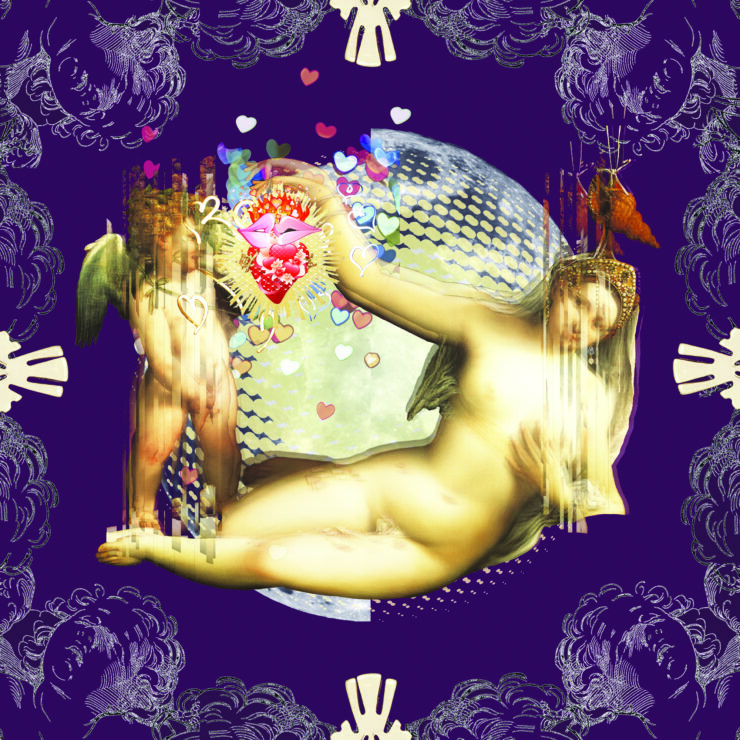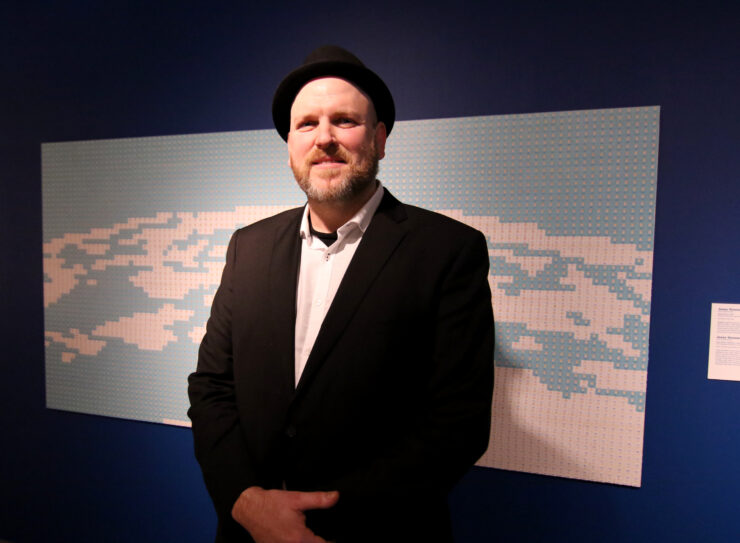Exhibition and panel discussion at Gallery 101 focus on refugee crisis
Inspired by the current Syrian refugee crisis, There’s Room: Ottawa Artists Respond to the Refugee Crisis, unites the work of 13 Ottawa artists at an exhibition at Gallery 101, concerning the crisis.
The exhibition’s title comes from the Cree word for welcome, “tawaw”, which directly translates to “there’s room.”
The exhibition deals with issues related to migration, such as borders, human connections, war, and finding one’s identity when the notion of “home” is so unstable.
Rachel Kalpana James, one of the artists involved with the exhibition, explains that all the artists who contributed to There’s Room have had experiences or a personal connection to migration. Each artist has a unique story about crossing borders—some have lived in Ottawa for many years, whereas others have recently arrived.
Kalpana James’ piece is two films side-by-side that display the border crossing between Pakistan and India. On one screen, she displays a nightly ceremony performed between soldiers from each country, in order to demonstrate their strength, which draws hundreds of spectators. The other displays a clip from when she crossed the border the next morning, the only person there, who is easily allowed to cross due to her Canadian passport.
Her piece highlights the way borders are a barrier to migration, because it defines “who gets the privilege to cross.” She said that the more and more militarized borders become, the more people seeking asylum are criminalized.
Kalpana James says that although all of the pieces in the exhibit are unique, they all deal with common themes such as home and human connection, and hopes these themes inspire those who haven’t dealt with migration to empathize with refugees.
“I hope people will have a connection with what’s in front of them. Perhaps some of these issues are something they can relate to, not so distant to their own experiences,” she said.
The exhibit explored this question of borders in a panel discussion held on Feb. 6 at the gallery called “Should We Abolish Borders?” with University of Ottawa law professor, Jamie Chai Yun Liew, and Carleton University geography professor, Victor Konrad. Both professors highlight that borders give us a sense of identity and security. As Liew said, borders dictate “who we should fear.”
Although Konrad said he doesn’t expect to see the disappearance of borders in his lifetime, he said “we are in a global process of cutting across certain borders.”
Contrarily, Liew said “borders are arbitrary demarcations.” We fear that removing borders would be chaotic and messy, but we need to do it because “it’s already chaotic and messy.”
Both Liew and Konrad are convinced that art can have the power to illuminate the fear created by borders. “Art has a way of impacting the mind,” said Konrad.
Both panelists referred to a recent photograph by Ai Weiwei, a Chinese artist and activist who posed on the beach in Greece as the drowned infant Syrian refugee that made international news in fall of 2015.
Art like this creates discussion and educates, Konrad said, and education is key to understanding. This level of understanding will hopefully lead to more Canadians making just a little more room for refugees here.
Gallery 101 will host other events related to this exhibition, which runs until Feb. 27. On Feb. 20, there will be an opportunity to meet the artists, and on Feb. 27, there will be an information session on how to integrate newcomers. You can find more information here.





